Choosing the right Audio Interface
If your handling multiple channels, effects and processing or loading plugins, we can help
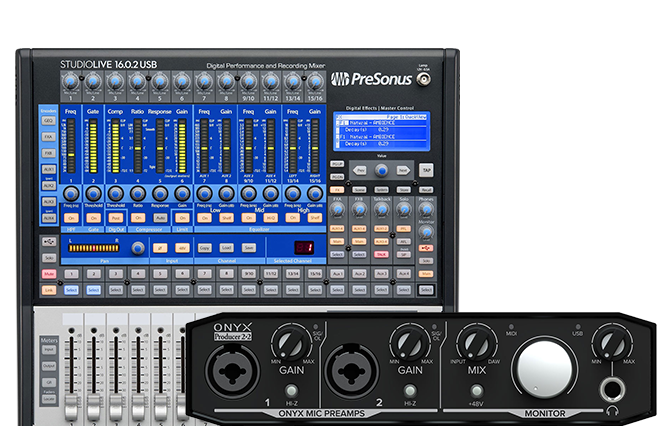
The audio interface is your systems link to the outside world, which allows the sound to be captured coming in to the workstation as well as playing it back out of it via your speakers and headphones. The are a number of factors to consider when choosing a suitable interface with choosing the right software & driver support being as crucial as choosing the physical I/O options that fit for your studio.

Audio Inputs and Outputs
The easier of these choices and one that can dictate the interface selection for many people, especially for those recording bands as well as other live audio sources, is how capable it is in capturing large numbers of external sound sources. Whilst smaller home project interfaces will range from relatively simple 2 in / 2 out solutions, the broadcast level MADI based units can handle track counts close to 400 channels of streaming audio in use.
Even within a given interface range the I/O options can often be a major point of differentiation between the units, with ranges such as Focusrites popular Scarlett series being largely the same core hardware design as far as driver performance goes, but with more and more I/O options being added as you progress up the range making each model suitable for different recording scenarios.
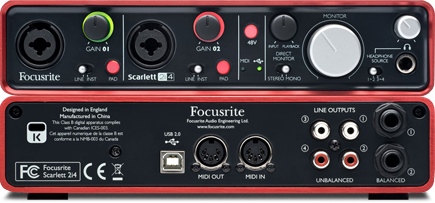
For users recording live acts the signal path of the interface will be of prime concern and the selection and quality of the included preamps is normally a well-advertised part of the feature set and one which a lot of manufacturers with a focus on when designing an interface. On lower end interfaces not every input on an interface will necessary have a preamp, rather choosing to often mix and match with regular line inputs, so if recording is the prime requirement such as guitars and traditional instrument recording via microphones, then making the choice to go with an interface with more preamps as standard is something that will often be of prime consideration.
As well as the signal chain heading in to the interface, the conversion setup of the device is also something to be considered. While even the cheapest DAC (digital to analogue converter that digitises your audio) found in modern interfaces is more than up to the job for basic recording duties, as you move up through the ranges the sound quality improves. If you have a well-tuned listening and editing environment with great reference speakers, a quality DAC is the icing on the cake, providing improved stereo imaging and crisper, tighter reproduction that makes mixing and editing a far easier task thanks to having the extra levels of detailed feedback.
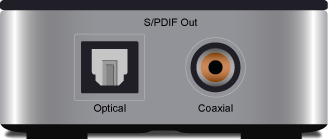
Other I/O that can be found on interfaces include digital connections such as S/PDIF, digital coaxial and ADAT, which can vastly expand upon the built input options and offers the capability of directly connecting large track count mixing desks to further expand the hands on options.
Intergrating Devices into Windows
Performance in regards to audio interfaces is down to how well the driver is able to integrate the device into Windows, and better performing drivers tend to offer lower latency which translates in a number of ways.
Firstly there is the latency you can hear, which is the time required for the audio to be recorded or generated and outputted from the interface, and for the complete time taken in and out of the system we refer to this as the RTL or Round Trip Latency. As an example for artists recording themselves this can translate into the time taken to get a guitar signal into the system, processed by the CPU and back out to the monitors so they can hear any processing that may have taken place.
Scan Pro Audio has found that as a good ball park figure in real world usage, drummers tend to require the best RTL of around 10μs (10 microseconds), guitarists 12μs and vocalists 15μs for it not to be noticeable and lag free in use. The good news is that more or less every interface currently on the market can achieve this at at least one setting (the lowest buffer setting) so in those regards the really is no wrong choice , although the are certainly benefits of going for more expensive interfaces.
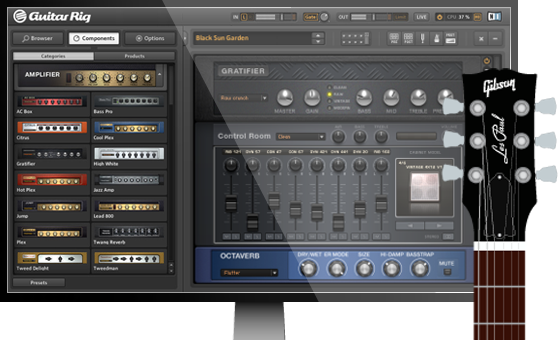
The second latency score that concerns us is the DPC or Deferred Procedure Call latency which is the other side of the coin. DPC latency is how quickly and efficiently a piece of hardware and its driver is capable of talking to the CPU without overloading the processor. The DPC can be affected by any number of other things in the system with poor drivers having a knock on effect, something a lot of interface manufacturers will offer tweaks for to resolve if you check their FAQ pages. A good driver however will go some way to avoiding these problems and firms such as RME can justify their price premium by having some of the most efficient drivers currently available through constant development and fine tuning.
A driver with great DPC results, will result in the interface being able to record more tracks and process more channels of effects and plugins before the audio starts to stress the CPU and audibly breakup. You may also see an interface with great drivers that is capable of generating a better set of results at a higher buffer setting than a lesser device. This can be experienced by A/Bing a great interface over a more average unit, where the better of the two may have a total RTL score at a 128 buffer setting on the interface than the average interface can handle at a 32 buffer setting.
This translates as a more responsive interface with less CPU load, meaning the better unit can process more plugins, record and monitor the audio better for the performer.
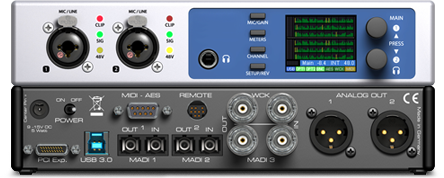
This buffer control setting is found on all ASIO based interfaces and gives the artist control over the system performance to a degree. ASIO is the driver standard originally developed by Steinberg but adopted by everyone that bypasses the Windows WDM audio engine and gives the interface a direct line to the CPU and makes low latency, high quality recording possible on a PC.
The buffer captures data in real-time and then feeds it to the CPU to process and send back out. The lower the buffer setting, the more often it empties to the CPU and the quicker the response. However if it tries to access the CPU too often and another driver is hogging the processor this can result in drop outs of the audio and is one of the factors that the system tweaks already mentioned will try to resolve. Another side effect of this, is that by lowering the buffer you make the CPU work harder and speed up likelihood of it being overloaded.
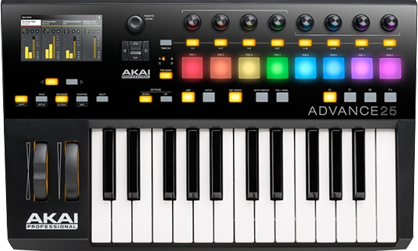
On the flip side if you raise the buffer to capture more data and get rid of glitches, the real world audio latency becomes apparent and can make it hard to monitor the audio during recording as well as increasing the response time of connected MIDI instruments like controller keyboards which will also start to lag.
This means that you will sometimes have to balance all of these factors and a lot of users will adopt the method of reducing the driver buffer to capture the audio performances in real time, and then raising it during the mixing and arrangement part of the process in order to get more performance out of the machine.
Not all interfaces are created equal however and a better interface will quite often offer up a better results at a higher buffer setting than some lower end models at lower settings while still keeping the audio latency tight and causing as much load on the CPU and as such giving better overall performance at the driver level.
Scan Pro Audio conducts extensive testing of driver performance along with critical comparisons of other features in the interfaces, so if you’re looking into a new interface to go with your system, it is always worth contacting us for a discussion on the latest interface options if you’re not sure on the best fit for your requirements.